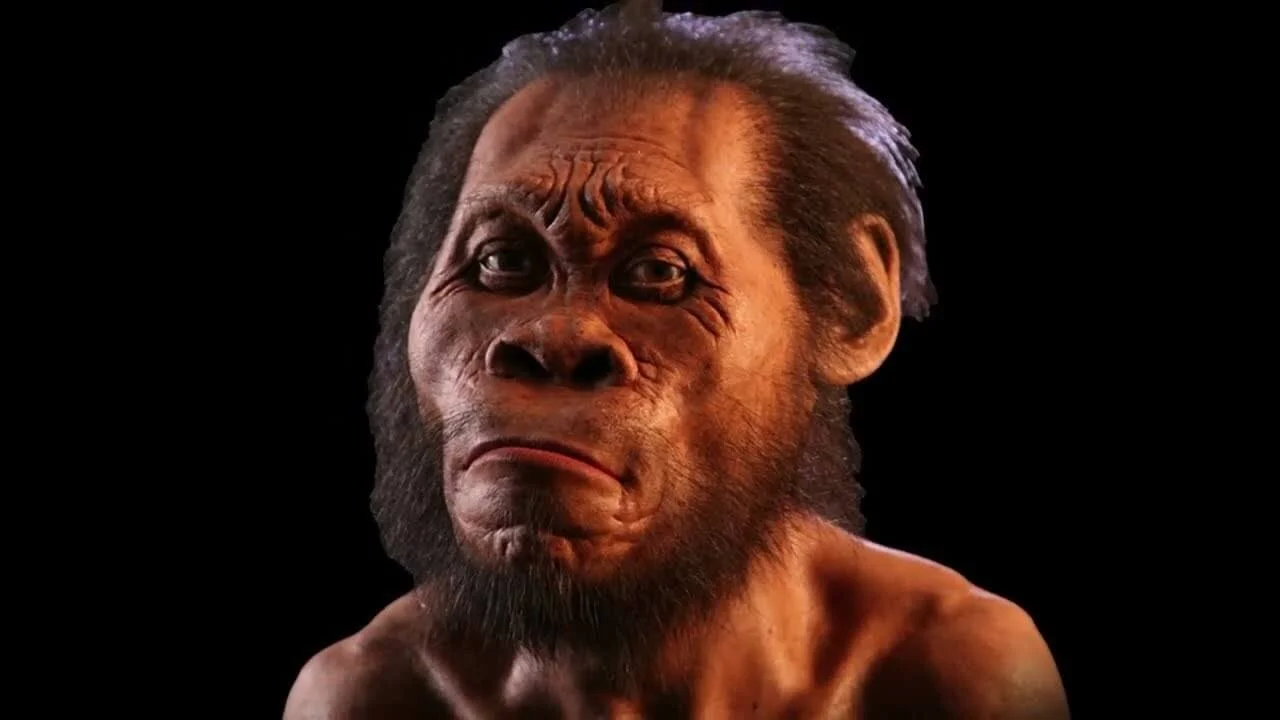Human Origins with John Gurche
Explore the world of human origins with paleoartist John Gurche, from our earliest known ancestors to our closest biped relatives. Through his startling original artwork, John tells our evolutionary story, from its beginnings 6 million years ago to present day, illuminating the question: what is it to be human? Learn about the hominids who took the first revolutionary steps and the adaptive changes that followed, leading to a host of creatures, whose faces may surprise you. Following our ancestral lineage, learn the how and why of major evolutionary steps in our journey to becoming human.
Human Origins with John Gurche: Part 1
Human Origins with John Gurche: Part 2
About John Gurche
John Gurche is Artist-in-Residence at the Paleontological Research Institution, and one of the world’s leading paleoartists, especially of early hominins (the group including humans and their close fossil relatives). His restorations of ancient life have appeared in Natural History magazine, Scientific American, the American Museum of Natural History in New York, and the Field Museum in Chicago. In 1989 he created a series of dinosaur stamps for the U.S. Postal Service and consulted on the 1993 film Jurassic Park. His work has appeared in a dozen issues of National Geographic, including four covers, and he created fifteen life-sized bronze sculptures for the Hall of Human Origins in the Smithsonian’s National Museum of Natural History in Washington, DC. He is the author of Shaping Humanity (2013) and Lost Anatomies (2019).
Gurche is particularly known for the anatomical rigor he brings to his work. When he turned his attention to hominins in earnest in 1984, he thought that the literature would provide him with all of the information he needed on the anatomy of modern apes. The only data he found, however, was on chimpanzees, and that was filled with errors. So he decided to do his own dissections, and he soon had dissected numerous individuals of all four living species of apes, as well as human cadavers. This experience is central to how he reconstructs and restores extinct hominids. Gurche also focuses intensely on the individual, especially what he calls its “spark of life” or its “soul”:
“To me there is nothing as evocative of a living being as the face, no better way of capturing the soul of an ancient being than reconstructing the face that once belonged to it... Not only must the sculpture capture the soul of the creature, but, in order to mean anything, it must have the weight of scientific evidence behind it.”
(Quoted in Lewin, R., 1988, In the age of mankind. A Smithsonian book of human evolution. Smithsonian Books, Washington, DC)
These videos use more than four decades of Gurche’s hominin paleoart to illustrate the evolutionary history of the human family over more than 6 million years.



